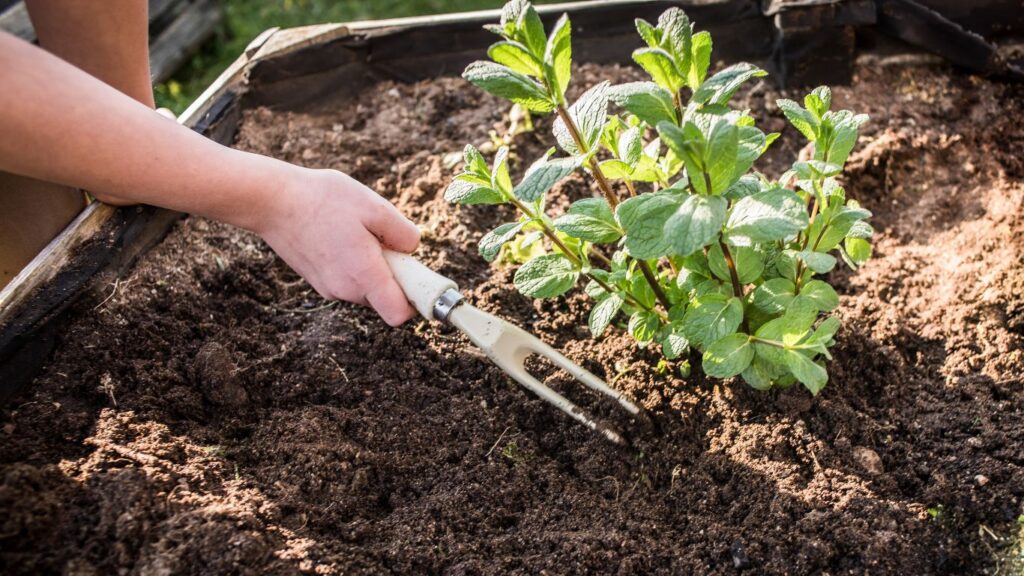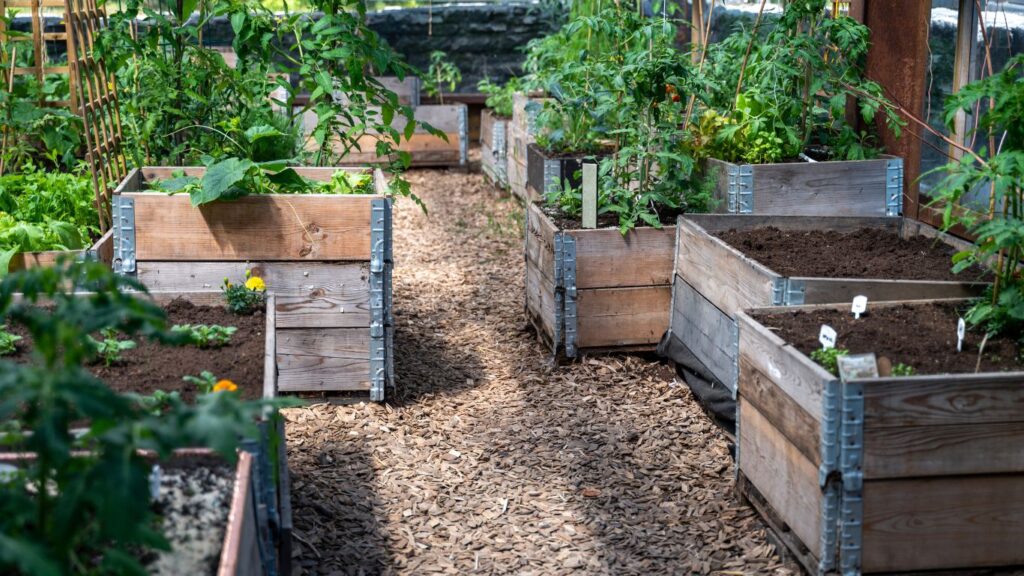Gardening isn’t just a hobby; it’s a way to connect with nature and make a positive impact on our environment. As we become more aware of the ecological footprint we leave behind, eco-friendly gardening offers a sustainable solution that benefits both our gardens and the planet. By incorporating simple, sustainable practices, we can create beautiful, thriving gardens that support biodiversity and conserve resources.
I’ve discovered that making small changes in how we garden can lead to significant environmental benefits. From composting kitchen scraps to choosing native plants, these eco-friendly tips not only reduce waste but also create healthier, more resilient gardens. Ready to transform your gardening routine into a green oasis? Let’s dive into some practical tips for cultivating a sustainable garden.
Understanding Eco-Friendly Gardening
What Is Eco-Friendly Gardening?
Eco-friendly gardening focuses on sustainable practices to minimize environmental impact. It emphasizes using natural resources efficiently and reducing waste. Key elements include composting, mulching, water conservation, and avoiding chemical pesticides. Gardening sustainably means selecting native plants that support local ecosystems and biodiversity. This practice requires thoughtful planning but results in a garden that’s both beautiful and environmentally responsible.
Benefits of Sustainable Gardening Practices
Sustainable gardening offers numerous benefits:
- Resource Conservation: Using rain barrels for water and compost for soil enriches the garden while conserving natural resources.
- Biodiversity Support: Native plants attract local wildlife and beneficial insects, creating a balanced ecosystem.
- Soil Health: Composting and mulching improve soil structure and fertility, reducing the need for synthetic fertilizers.
- Pollution Reduction: Avoiding chemical pesticides protects water sources and local wildlife from contamination.
- Climate Impact: Plants absorb CO2, helping mitigate climate change effects.
Practicing eco-friendly gardening enhances the environment and creates a thriving, sustainable garden.
Essential Tips for Eco-Friendly Gardening

Choosing the Right Plants
Selecting suitable plants is crucial for an eco-friendly garden. Native species thrive in local climate conditions and require less water and maintenance. For instance, I use plants like Purple Coneflower and Black-Eyed Susan in my garden to support local wildlife. Choosing perennials ensures year-round greenery and reduces the need for replanting.
Conserving Water in the Garden
Water conservation is vital in sustainable gardening. I install rain barrels to collect and reuse rainwater, which reduces dependency on municipal water. Drip irrigation systems efficiently deliver water directly to plant roots, minimizing evaporation and runoff. Mulching retains soil moisture and prevents weed growth, which helps reduce water usage.
Promoting Biodiversity
Biodiversity strengthens garden resilience. I plant a mix of flowers, shrubs, and trees to attract different pollinators and beneficial insects like bees and butterflies. Incorporating a variety of plants creates habitats for various organisms, enhancing the garden’s ecosystem. Avoiding chemical pesticides preserves beneficial insect populations and soil health.
By applying these practices, I can ensure my garden remains both beautiful and eco-friendly. These tips not only support local ecosystems but also contribute to broader environmental sustainability.
Incorporating Organic Practices
1. Using Organic Fertilizers
Using organic fertilizers helps improve soil health and promotes sustainable gardening. Organic fertilizers, like compost and manure, enrich the soil with essential nutrients naturally. For instance, compost adds beneficial microorganisms, while manure provides nitrogen, phosphorus, and potassium. These organic options decompose slowly, releasing nutrients over time and reducing the risk of nutrient runoff into waterways.
Store-bought options including bone meal and blood meal, provide specific nutrients needed for plant growth. Bone meal offers phosphorus, which strengthens root systems, and blood meal adds nitrogen, promoting lush, green foliage. Unlike synthetic fertilizers, organic fertilizers improve soil structure and support microbial life, leading to healthier plants and less environmental harm.
2. Pest Management the Natural Way
Natural pest management reduces chemical use and maintains garden balance. Companion planting is an effective method. Planting marigolds near tomatoes, for example, repels nematodes, while basil enhances tomatoes’ growth and flavor. Attract beneficial insects like ladybugs and lacewings by planting dill, fennel, or yarrow. These insects naturally control aphids and other pests.
Homemade solutions, like neem oil spray or garlic spray, repel pests without harming plants or beneficial insects. Neem oil disrupts pests’ life cycles, and garlic spray deters a wide range of insects. Physical barriers, such as row covers, protect plants from pests while allowing air and light to pass.
Using organic practices like these ensures a sustainable, eco-friendly garden, promoting biodiversity and reducing environmental impact.
Tools and Resources for Sustainable Gardeners
Recommended Products and Where to Find Them
Eco-friendly gardening tools and products enhance sustainability. I recommend using hand tools made from recycled or sustainably sourced materials. Brands like Fiskars and Radius Garden offer such options. For organic fertilizers and compost, Earthworm Technologies provides compost tea bags and vermicomposting kits online. Reusable plant markers, available from suppliers like Botanical Interests, reduce plastic use. Rain barrels and drip irrigation systems conserve water; manufacturers like Rainwater Solutions and DripWorks provide efficient, eco-friendly options.
| Product Type | Example Brands/Sellers |
|---|---|
| Hand Tools | Fiskars, Radius Garden |
| Organic Fertilizers/Compost | Earthworm Technologies |
| Reusable Plant Markers | Botanical Interests |
| Water Conservation Systems | Rainwater Solutions, DripWorks |
Learning and Community Resources
Knowledge sharing supports sustainable gardening. The National Gardening Association offers online courses on organic practices and water conservation. Local extension programs, usually affiliated with universities, provide workshops and resources for sustainable gardening techniques. Community gardens and urban farming initiatives, found through organizations like the American Community Gardening Association, offer hands-on learning and support. Online forums and social media groups focused on eco-friendly gardening create platforms to exchange tips and experiences.
These tools and resources empower gardeners to adopt sustainable practices, enhance biodiversity, and reduce environmental impact effectively.
Conclusion
Embracing eco-friendly gardening isn’t just about creating a beautiful space; it’s about nurturing our planet and supporting local ecosystems. By adopting sustainable practices and using eco-friendly tools and resources, we can make a significant impact on the environment. Let’s continue to learn and share knowledge within our communities to foster a greener future. Together, we can cultivate gardens that are not only vibrant and healthy but also kind to the Earth.

 Jasmine Wellish is a key contributor at Info Wave Circle, known for her insightful articles and creative approach to technology and societal issues. With a deep passion for innovation and a knack for storytelling, Jasmine plays a crucial role in communicating the vision and achievements of Info Wave Circle to a broader audience.
Since joining the team, Jasmine has been instrumental in crafting compelling content that highlights the transformative potential of technology. Her work not only informs but also inspires the Info Wave Circle community and beyond. Jasmine’s dedication to exploring new ideas and her ability to convey complex concepts in an engaging manner make her an invaluable asset to the organization’s mission of fostering innovation and societal progress.
Jasmine Wellish is a key contributor at Info Wave Circle, known for her insightful articles and creative approach to technology and societal issues. With a deep passion for innovation and a knack for storytelling, Jasmine plays a crucial role in communicating the vision and achievements of Info Wave Circle to a broader audience.
Since joining the team, Jasmine has been instrumental in crafting compelling content that highlights the transformative potential of technology. Her work not only informs but also inspires the Info Wave Circle community and beyond. Jasmine’s dedication to exploring new ideas and her ability to convey complex concepts in an engaging manner make her an invaluable asset to the organization’s mission of fostering innovation and societal progress.
